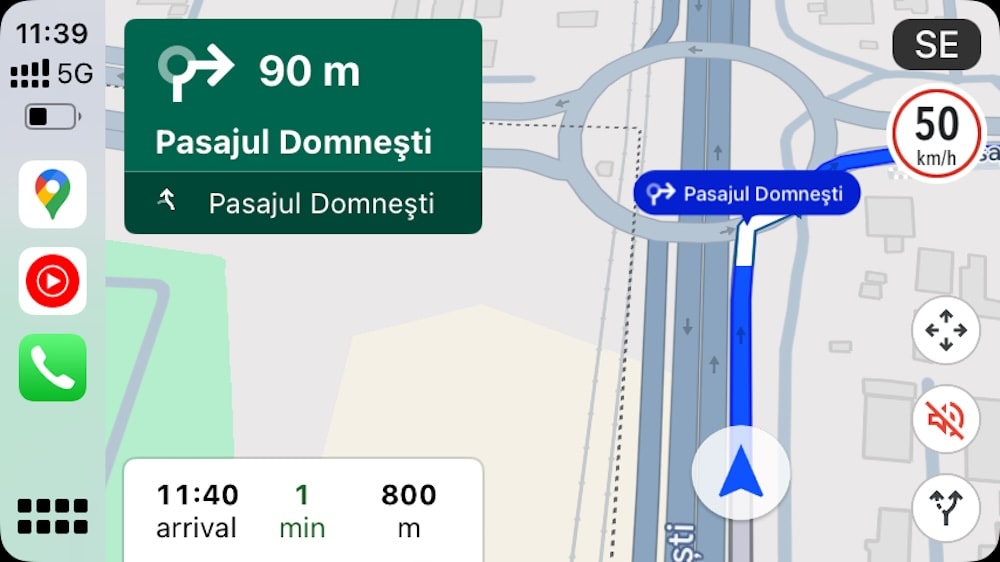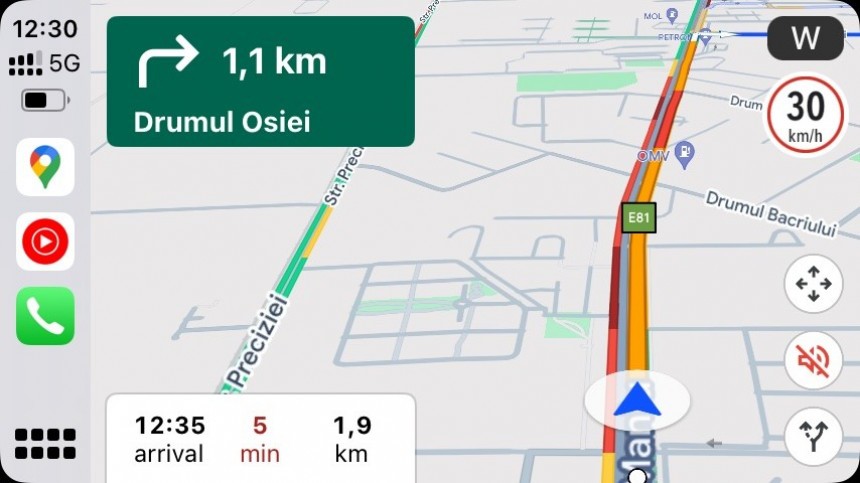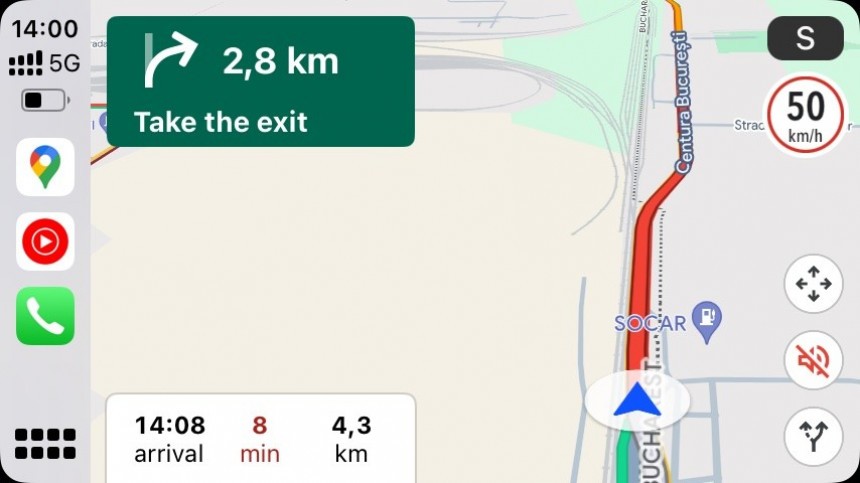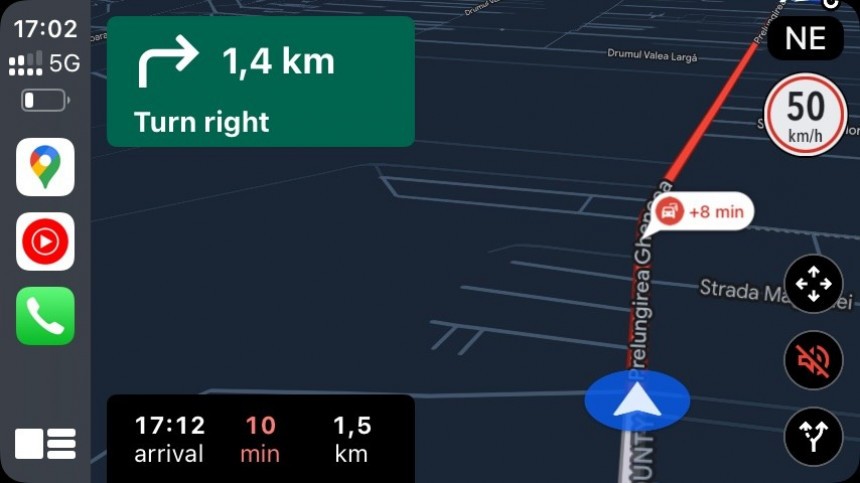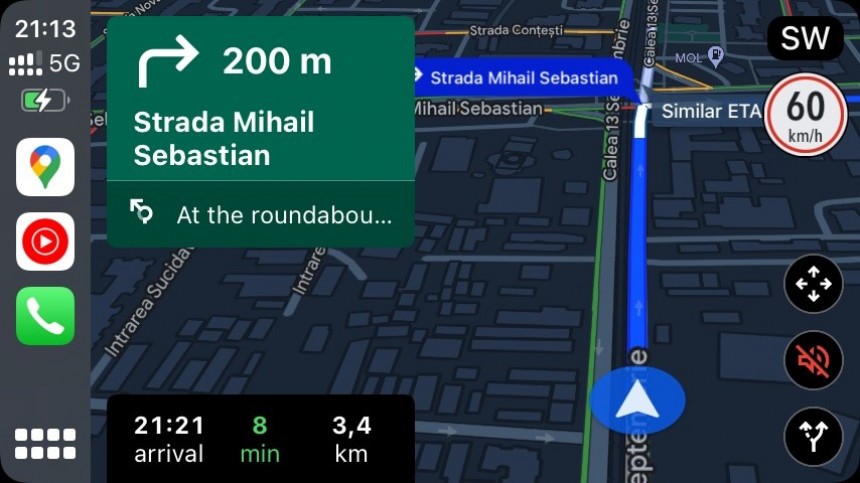Google Maps dominates the mobile navigation world, and this doesn’t happen only on Android. iPhones come with Apple Maps out of the box, but due to missing features and settings, many Apple users switch to Google Maps.
However, despite its gigantic user base, it doesn’t mean Google Maps is a flawless product. Google Maps still has a lot of work to do in many key areas, including the routing engine.
Google Maps typically offers accurate routes to the destination, but it’s not uncommon to see people getting lost after blindly trusting the application. While taking everything for granted is a big no-no for every driver, especially because they should first and foremost follow the road signs, Google Maps has one major problem: it can’t exclude unpaved roads from its routing engine.
I might be wrong, and this is absolutely possible, considering this happened a decade ago, but I think the first time I saw someone asking Google to add support for avoiding unpaved roads was in 2014. It’s 2024, and Google Maps still doesn’t come with a toggle aimed at unpaved roads, despite other applications, including Google-owned Waze, already offering such capabilities.
Google has never commented on or acknowledged the development of an “avoid unpaved roads” option for Google Maps. Users have turned to all kinds of workarounds to deal with this shortcoming, including enabling eco-friendly routes, which should only include paved roads because they are more efficient.
While the search giant has always remained tight-lipped on this option, the company might ignore the request because it’s trying to exclude unpaved roads by default. I’ve never been suggested an unpaved road in a provided route, as Google Maps always kept me on the road. However, map errors like the one that happened earlier this year, when a group of drivers were redirected to a desert trail from the interstate, happen occasionally. It’s a mishap that Google Maps could easily resolve by allowing map editors and users to flag unpaved roads and exclude them from the suggested routes.
Google Maps not being able to exclude dirt roads from its routing engine doesn’t mean drivers should use them.
Users can instruct the app to avoid highways, ferries, and toll roads, but the lack of a toggle for unpaved roads means they should use common sense to stick with a paved route.
If you wonder what you should do if Google Maps tries to send you from a highway or any other paved road to a dirt road, the answer is as simple as possible: look in front of the car and stick with the safer alternative, as leaving the paved road can end badly. Many people have already found this out the hard way, confirming that blindly trusting a navigation app is always a bad idea.
Authorities also call for drivers to use their common sense when getting behind the wheel. They emphasize that drivers are solely responsible for the time spent in the car, and this is why they must always pay attention to road signs. If Google Maps tells you to turn left but a road sign doesn’t allow you to make the turn, you must obviously follow the signage. Errors in Google Maps won’t prevent you from getting a fine.
As for ways to avoid unpaved roads, the easiest alternative today is to switch to Waze. The Google-owned application does a fantastic job at keeping users on paved roads when the option is enabled, albeit in some cases, using an easy unpaved road could save precious minutes when driving to a destination. However, it’s important to keep in mind that an application like Waze including an unpaved road in a suggested route doesn’t mean the road is also safe. It just means it’s a faster route to the destination.
However, one of the biggest differences between Google Maps and Waze, and which makes the latter unusable for some users, is the lack of offline maps. Waze needs a permanent connection to download traffic data and upload user reports, and once you go offline, it can no longer search for alternative routes.
Google Maps integrates an offline mode, allowing users to continue navigation like on a traditional GPS navigator even without an Internet connection. Users must download the offline maps before they start driving, with Google Maps automatically updating the data when an Internet connection is available.
Would you need an option to avoid unpaved roads in Google Maps? If the answer is yes, how do you manage to deal with the lack of this setting? Let me know in the comment box below, so you can also help others resolve this major shortcoming.

